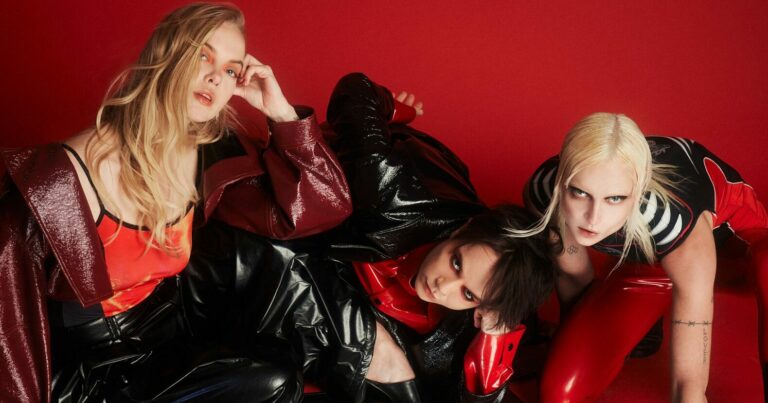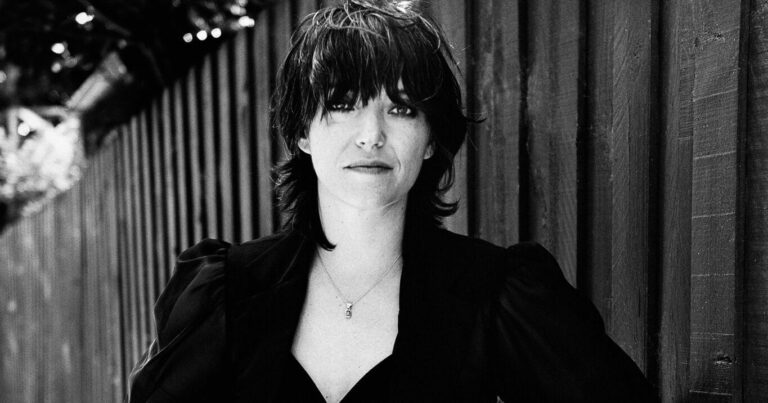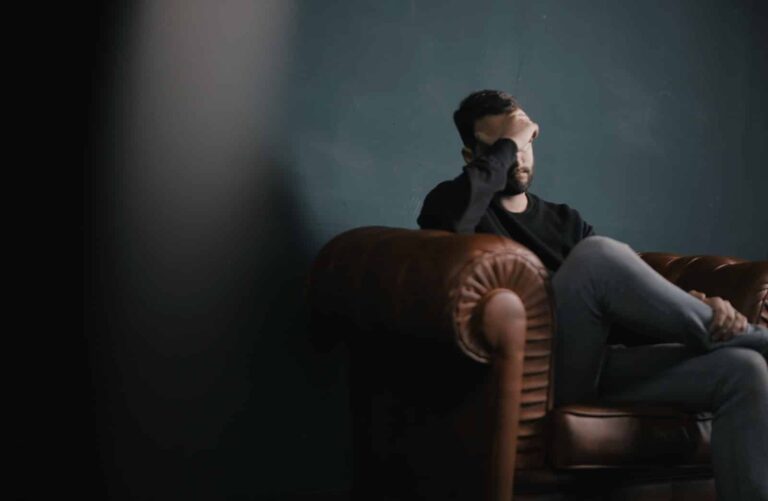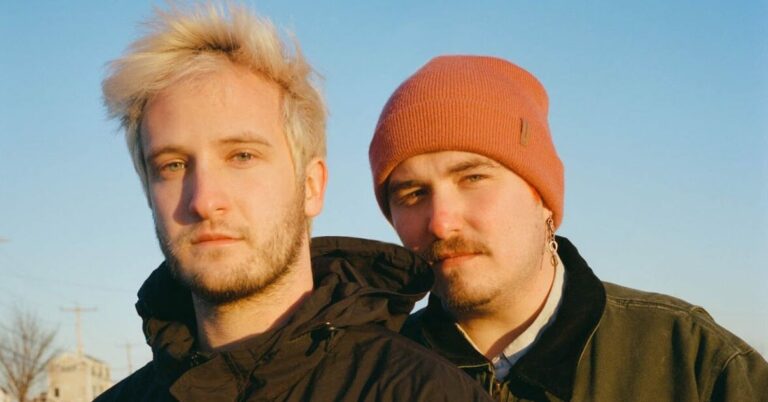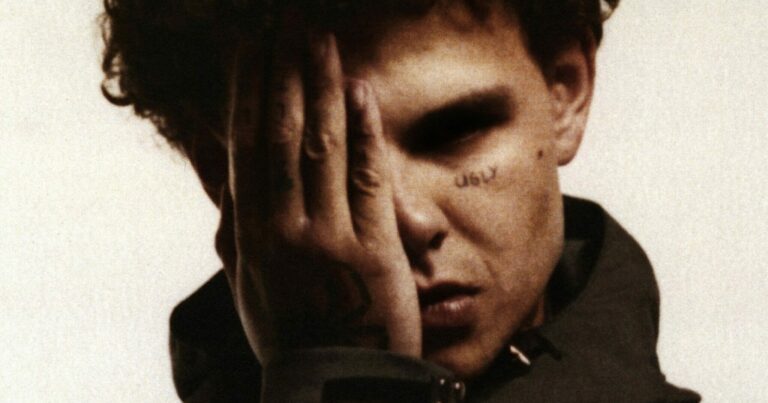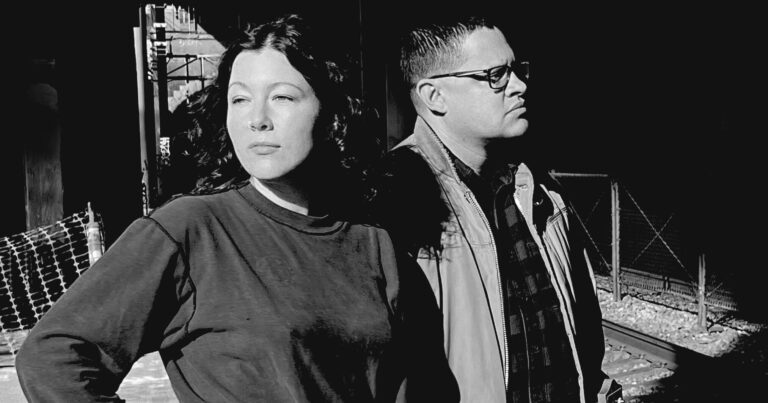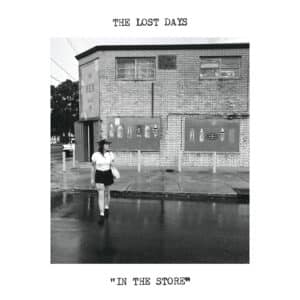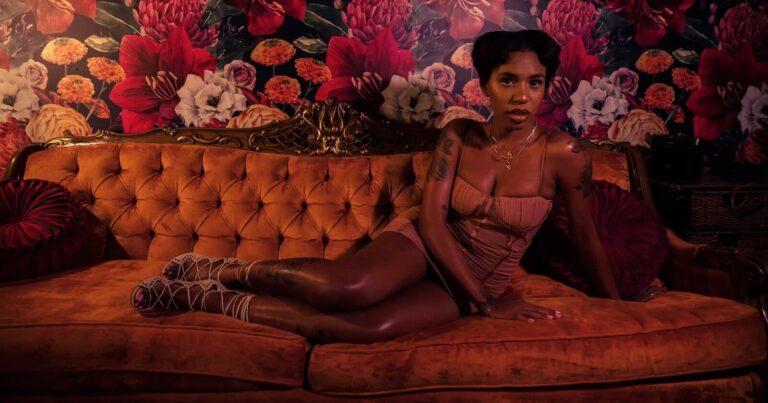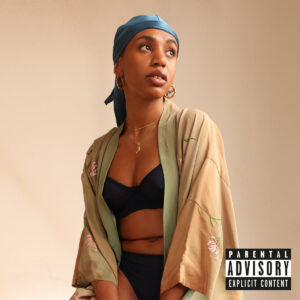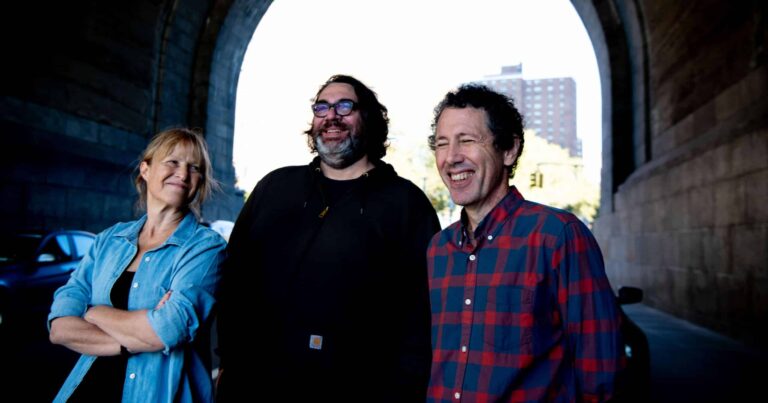Test anxiety affects millions of people each year. For many, there’s nothing worse than knowing a looming exam date is on the horizon. If you’re one of these people, you know it doesn’t matter how hard you study; you’ll still be a little anxious or nervous when the time comes to sit down and start answering questions.
Good news, though – there are ways to overcome test anxiety this year and for any upcoming test. Read on to learn more!
Get Plenty of Sleep
On the night before the test, it can be tempting to keep studying or cranking out practice exams until dawn. For instance, if you are training for NASM certification, you might think that taking just one more NASM practice test will be enough to help you tackle your testing anxiety once and for all.
In reality, a good night’s rest will do more for your testing potential and your anxiety than stressing yourself out for no reason. To minimize mental stress on test day, go to bed and be sure to get a solid eight hours of z’s before waking.
Eat a Good Breakfast (or Dinner)
When you wake up on the morning of the test, be sure to eat a good breakfast. It’s practically a cliché at this point, but it’s true; eating a healthy breakfast gives you the energy you need to concentrate on your upcoming exam. If you’re hungry while testing, odds are you’ll be much more distracted and won’t be able to focus when needed.
If you are taking night classes or your exam is in the evening, just extend this principle to your supper. Eat a good dinner with plenty of fruits and vegetables to give your body the sugar and fiber it needs to concentrate.
Get to the Test Early
Next, you can tackle test anxiety this year by getting to each test site early. Whether that’s a classroom, professional proctoring facility, or elsewhere, get there early so you can find a seat, make sure you have all your supplies ready to go, and get settled in before the professor or test administrator hands out exam packets.
Practice Deep Breathing
As the test begins, or when you start to feel anxiety creeping up your spine and in your gut, practice deep breathing.
Deep breathing – by inhaling slowly through your nose, then exhaling slowly through your mouth – forces your body to physically calm down, plus helps to focus your thoughts. When you breathe deeply, you’ll find it much harder to get overly excited or nervous about any exam, even when the papers hit the desk in front of you.
Of course, this is easier said than done. If needed, practice deep breathing before a big test date arrives so you can use this strategy confidently when you need it most.
Skim the Whole Test Before Starting to Answer
Once you have the test in hand, give it a once over before you answer any question. Why?
By skimming the test and seeing all of its contents, you can better plan for how long you’ll spend on each section. This will help prevent you from feeling rushed due to the time limit. Furthermore, skimming the test helps you see everything it includes – that way, you won’t be unpleasantly surprised by a hard section in the middle or toward the end.
You can even decide to tackle those hard sections first, when your energy is highest, if that works best for your testing strategy!
If You’re Stuck, Just Start or Keeping Going
From time to time, you might get stuck on a test and feel anxiety start to take over again. Or you may simply have trouble starting a test, especially if you are nervous about the outcome.
In either of these situations, just begin or keep going. Skip a particularly hard question so you continue to make progress on the exam and are able to come back to it later if you have time. In most cases, just starting to answer or moving on to a different section is enough to get the ball rolling once again and prevent your brain from getting stuck for too long.
Ignore Other People
Above all else, ignore what everyone else is doing during the test. It doesn’t matter if someone finishes before you or if other people seem to be having an easy time with the exam. All that matters is your performance and your focus. Keep your mind on your paper and remember to practice deep breathing, and you won’t be intimidated if someone finishes the test quickly.
In the end, you have the power to overcome test anxiety with the right attitude and preparation. Anxiety comes from within, so it stands to reason that test confidence does, too! Take a breath and remember: you’ve got this!
